Innovative Design : Exploring The Rolex Learning Centre By Kazuyo Sejima In Lausanne, Switzerland
- 22 Dec 2023
- By Paras Gandhi
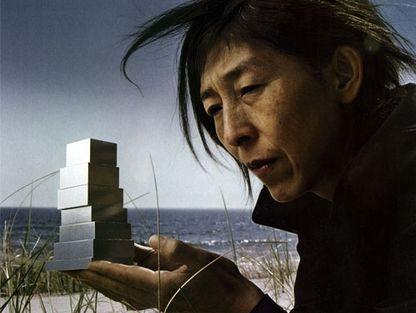
Kazuyo Sejima, born on October 29, 1956, is a renowned Japanese architect and co-founder of the Tokyo-based firm SANAA (Sejima and Nishizawa and Associates). Recognized for her minimalist and innovative designs, Sejima has received numerous accolades, including the Pritzker Architecture Prize in 2010, reflecting her significant contributions to contemporary architecture.
Here are Three Most Notable and Admirable Architectural Projects of Kazuyo Sejima
1.The Louvre-Lens (with SANAA)
Located in Lens, France, this extension of the Louvre Museum showcases Sejima's ability to integrate modern design into historical contexts, creating a harmonious blend of architectural styles.
2.Rolex Learning Centre (with SANAA)
Situated in Lausanne, Switzerland, this iconic building serves as the main library for the École Polytechnique Fédérale de Lausanne. Its undulating, organic form challenges traditional notions of library design.
3.New Museum of Contemporary Art
As the principal architect of SANAA, Sejima played a pivotal role in designing the New Museum in New York City. The building's stacked box-like structure challenges conventional museum architecture, providing a dynamic space for contemporary art exhibitions.
.JPG.4.jpeg)
Nestled in the heart of Lausanne, Switzerland, the Rolex Learning Centre stands as a testament to the innovative prowess of renowned Japanese architect Kazuyo Sejima. This iconic building, serving as the main library for the École Polytechnique Fédérale de Lausanne (EPFL), is a masterpiece of contemporary architecture that redefines conventional notions of library design.
Architectural Vision:
Kazuyo Sejima, co-founder of the esteemed SANAA architectural firm, envisioned the Rolex Learning Centre as a dynamic space that transcends the boundaries of traditional library architecture. The design reflects Sejima's signature style, characterized by simplicity, fluidity, and a commitment to pushing the boundaries of what is possible in architectural aesthetics.
Location and Context:
Situated in Lausanne, a city known for its picturesque landscapes and rich cultural heritage, the Rolex Learning Centre seamlessly integrates into its surroundings. The undulating, organic form of the building stands in stark contrast to the traditional structures nearby, creating a dialogue between the old and the new.
Iconic Structure in Lausanne:
The Rolex Learning Centre has become an architectural landmark in Lausanne, drawing visitors from around the world to marvel at its unique design. The city, already renowned for its commitment to innovation and education, finds a fitting symbol in this iconic building.
.JPG.5.jpg)
Design Elements and Innovation:
Organic Form:
At first glance, the Rolex Learning Centre captivates with its undulating, organic form. The structure eschews straight lines and sharp angles, embracing curves and slopes that create a sense of movement and fluidity. This departure from traditional geometric shapes challenges preconceived notions of architectural norms.
Spatial Dynamics:
Sejima's design prioritizes openness and flexibility. The interior of the Rolex Learning Centre is characterized by vast, column-free spaces that seamlessly flow into one another. The absence of conventional structural elements allows for a dynamic and adaptable use of space, fostering collaboration and interaction among students and scholars.
Natural Light Integration:
A hallmark of Sejima's architectural philosophy is the strategic use of natural light. The Rolex Learning Centre features expansive windows and skylights that flood the interior with sunlight, creating a bright and inviting atmosphere. This intentional use of natural light not only enhances the aesthetic appeal but also contributes to energy efficiency.
.JPG.6.jpg)
Blurring Boundaries:
The boundaries between indoor and outdoor spaces are intentionally blurred in the design of the Rolex Learning Centre. Terraces and outdoor areas seamlessly connect with the interior, providing students and visitors with opportunities to engage with nature and enjoy panoramic views of the surrounding landscape.
Redefining Library Spaces:
In challenging traditional notions of library design, Sejima envisioned a space that goes beyond the conventional role of a library. The Rolex Learning Centre is not merely a repository of books but a multifunctional hub that accommodates various activities, fostering a vibrant and collaborative academic environment.
Architectural Innovation:
The Rolex Learning Centre stands as a testament to architectural innovation. Its unconventional form and spatial dynamics challenge the notion that academic buildings must adhere to rigid design principles. Sejima's approach encourages a re- evaluation of how educational spaces can be conceived and constructed.
.JPG.1.jpeg)
Role in Academic Environment:
As the main library for EPFL, the Rolex Learning Centre plays a pivotal role in shaping the academic environment. The open and inviting spaces encourage students to engage in collaborative learning, research, and intellectual exchange.
Technological Integration:
Sejima's design also integrates state-of-the-art technology seamlessly. The building accommodates modern multimedia facilities, digital workspaces, and interactive learning environments, aligning with EPFL's commitment to cutting-edge research and education.
Tourist Attraction:
The Rolex Learning Centre has become a must-visit destination for architecture enthusiasts and tourists in Lausanne. Its distinctive silhouette and innovative design draw admirers who appreciate the fusion of architectural aesthetics with academic functionality.
-8.jpg)
Global Recognition:
Beyond Lausanne, the Rolex Learning Centre has garnered international acclaim. Its recognition extends to the global architectural community, solidifying Kazuyo Sejima's reputation as a visionary architect who pushes the boundaries of design.
Conclusion:
In the heart of Lausanne, Switzerland, the Rolex Learning Centre stands not only as a symbol of architectural innovation but also as a testament to the transformative power of design in educational spaces. Kazuyo Sejima's vision has redefined the traditional library, creating a dynamic and open environment that reflects the collaborative and interdisciplinary nature of modern academia. The iconic structure continues to inspire architects, students, and visitors alike, leaving an indelible mark on the architectural landscape of Lausanne and the global design community.
Recently Published
loves or pursues or
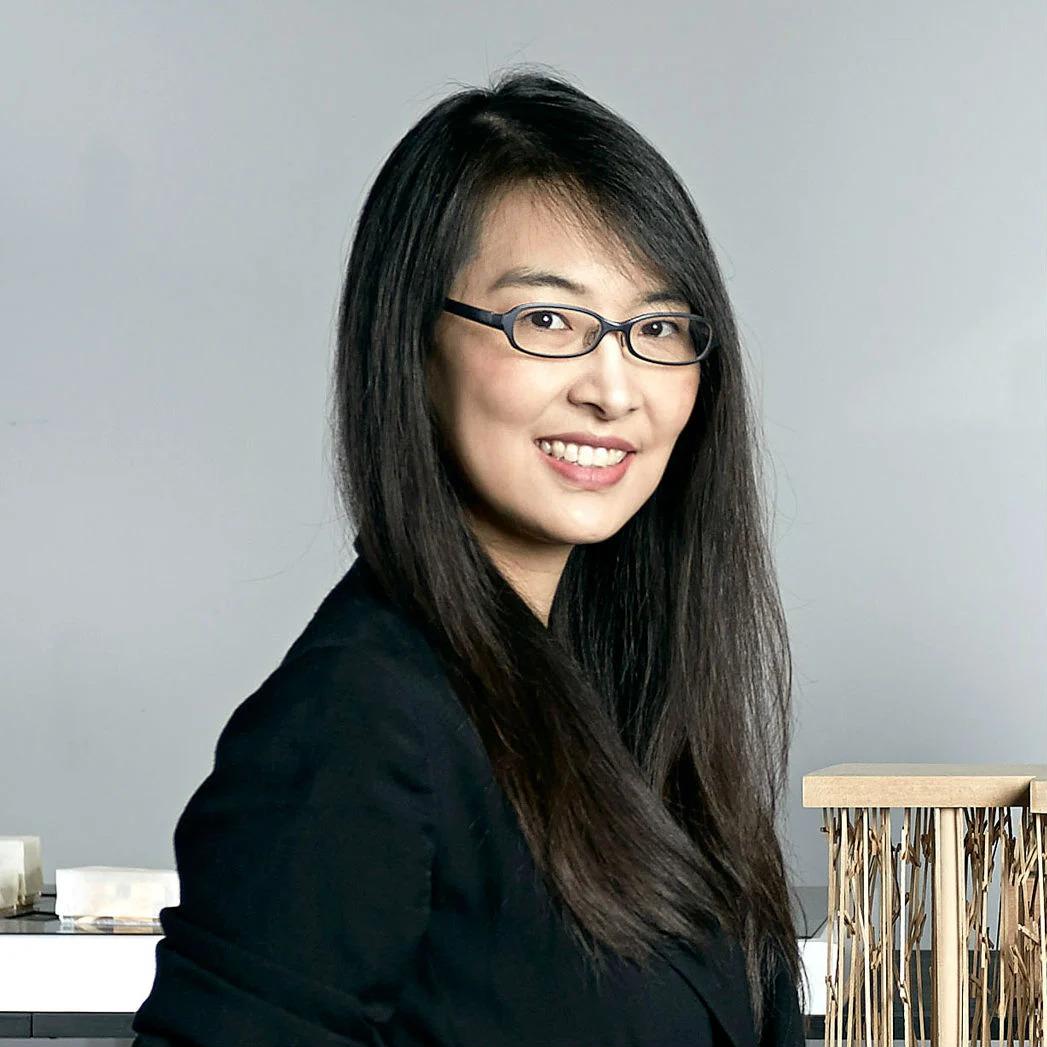
.jpg)
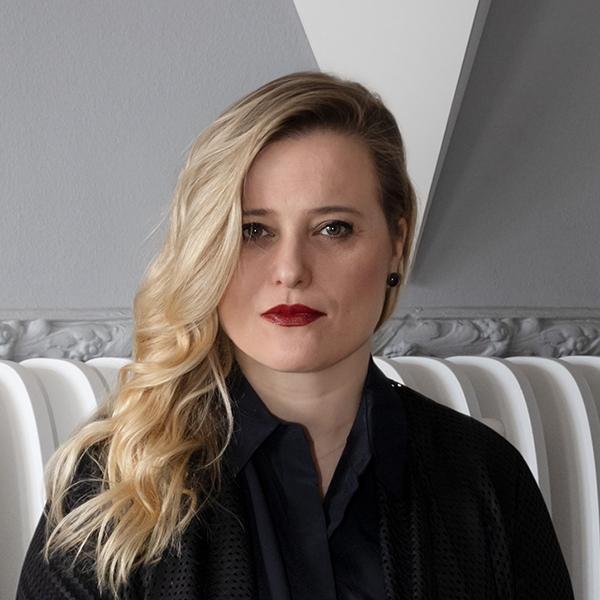
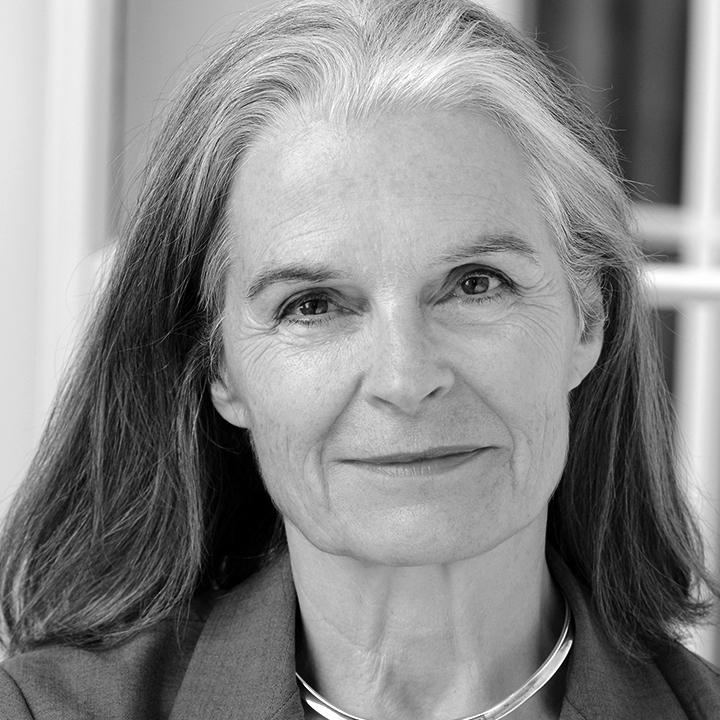
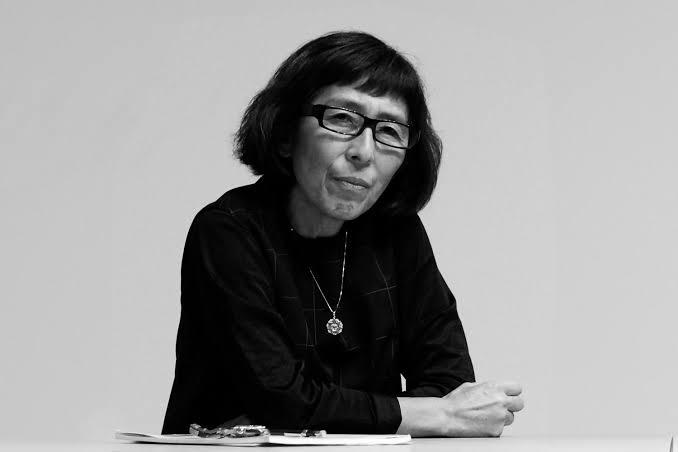
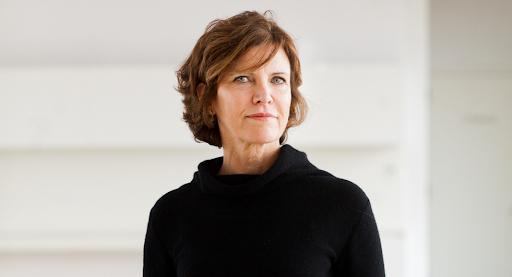
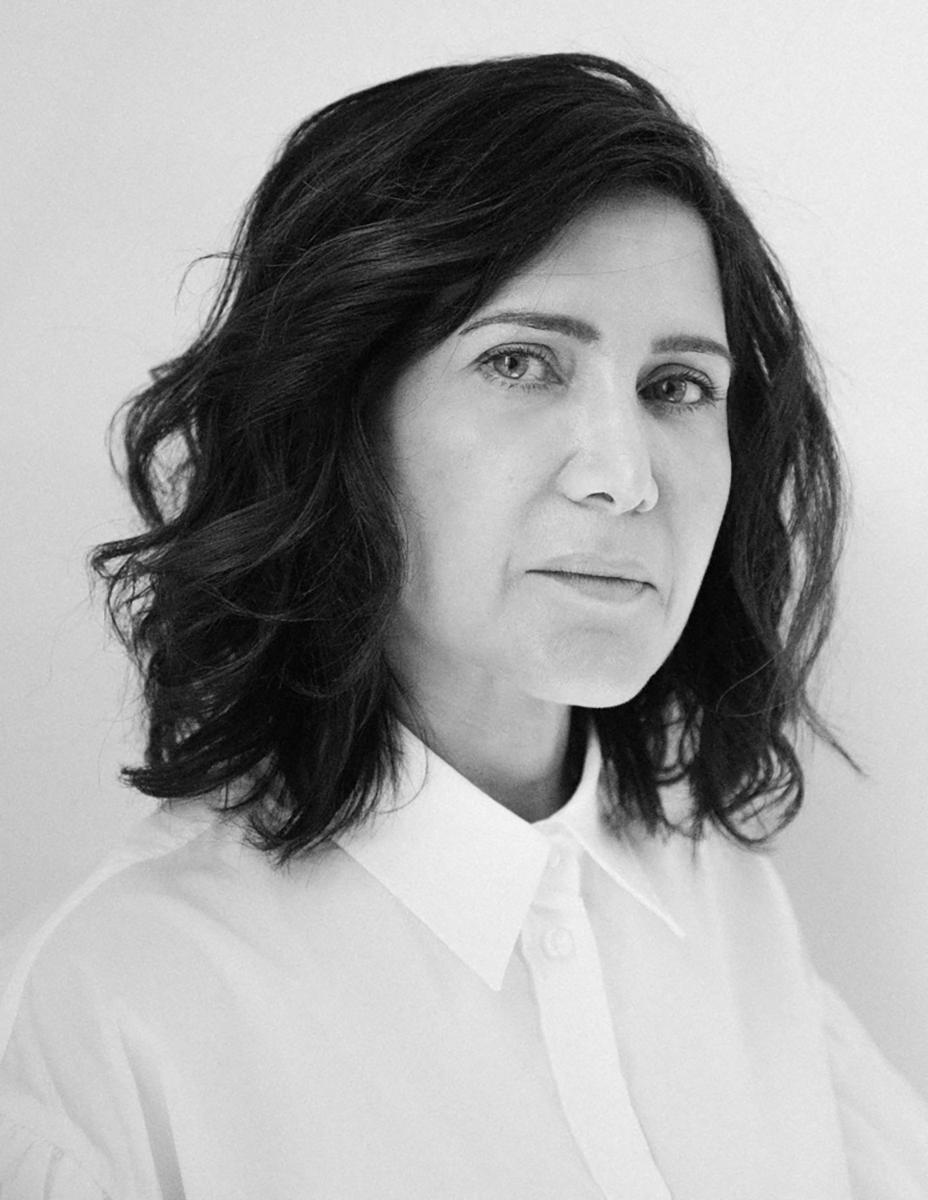
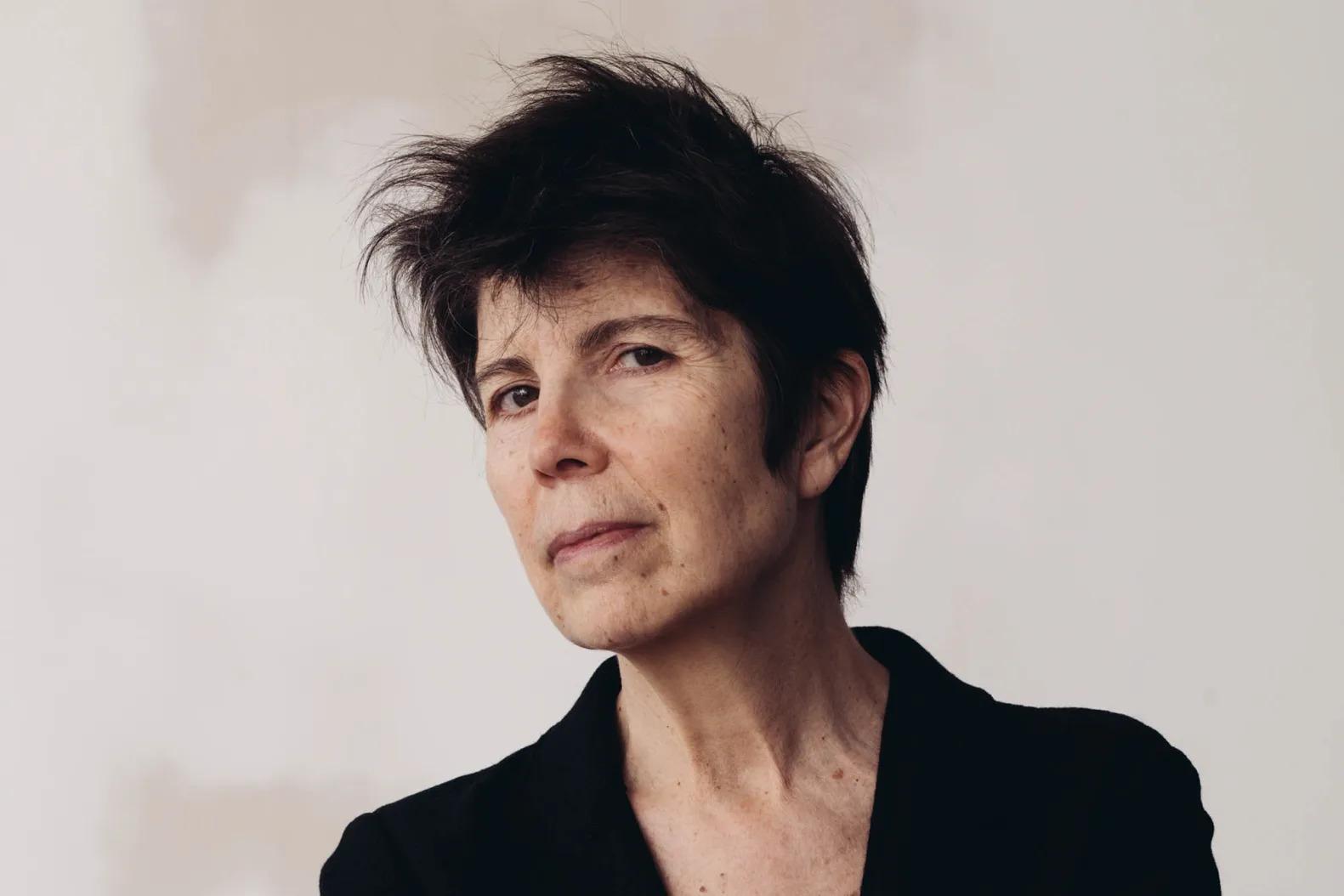
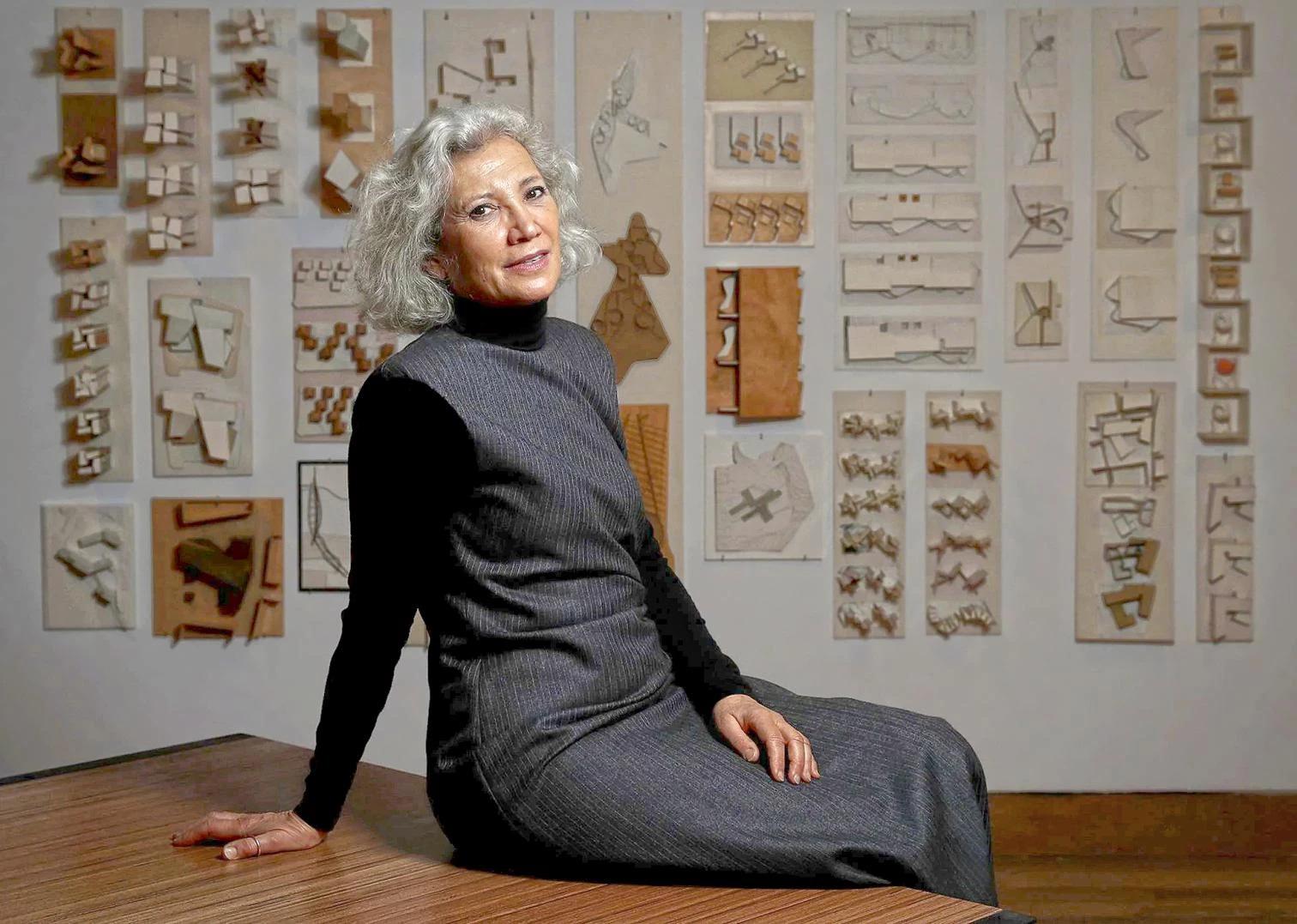
.jpg)